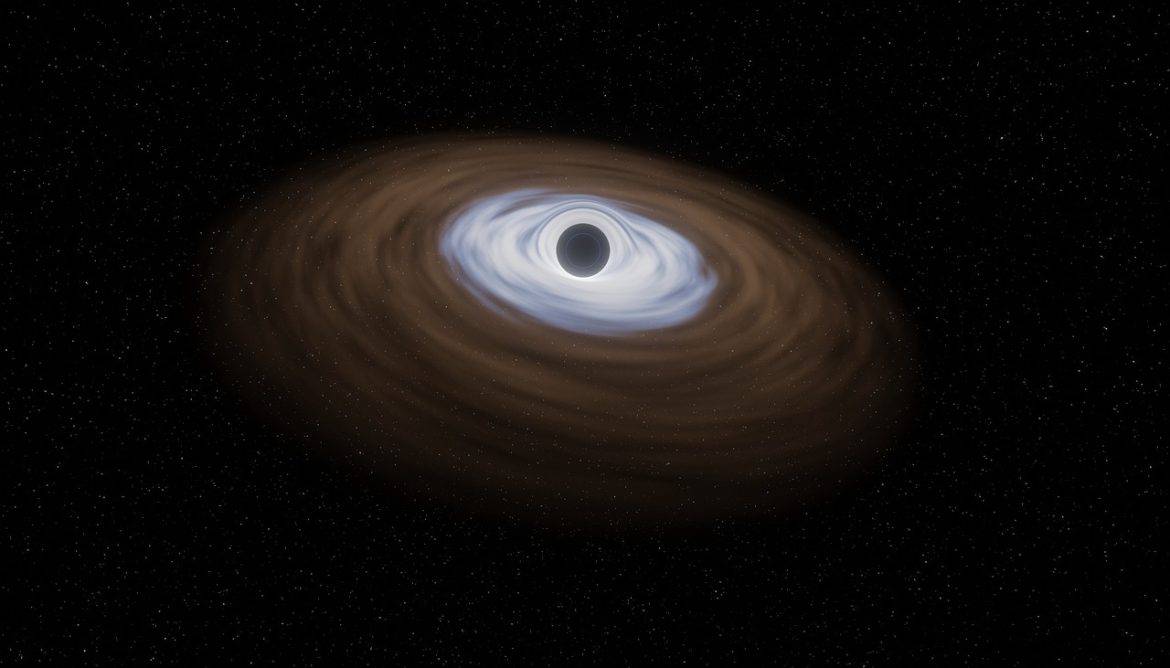Egy nemzetközi tudóscsoport az amerikai „James Webb” távcső segítségével felfedezte a valaha megfigyelt legrégebbi fekete lyukat. Erről a tanulmányt vezető Cambridge-i Egyetem számolt be.
Megállapították, hogy a GN-z11 galaxisban található objektum a világegyetem keletkezésének idejéből származik. Feltételezések szerint a fekete lyuk 400 millió évvel az ősrobbanás után – több mint 13 milliárd évvel ezelőtt – keletkezett. Tömege több milliószorosa a Napénak.
A tanulmány vezető szerzője, Roberto Maiolino professzor „óriási előrelépésnek” nevezte a felfedezést. A tudósok szerint a felfedezés megváltoztatja a fekete lyukak kialakulásáról és fejlődéséről alkotott eddigi elképzeléseket. Különösen ennek a fekete lyuknak a mérete azt sugallja, hogy az ilyen objektumok ötször nagyobb sebességgel képesek anyagot elnyelni, mint amit eddig lehetségesnek gondoltak.

